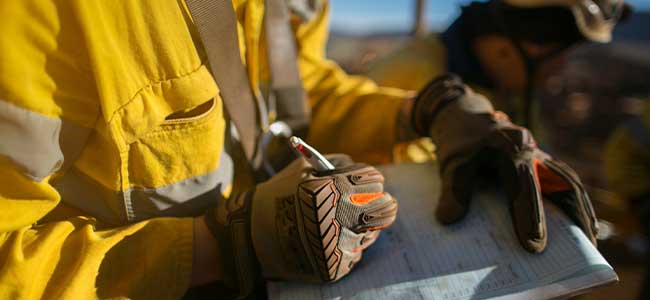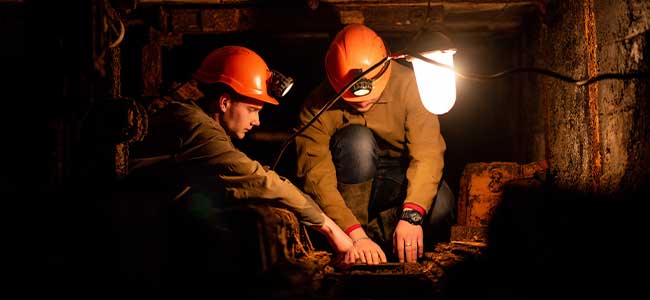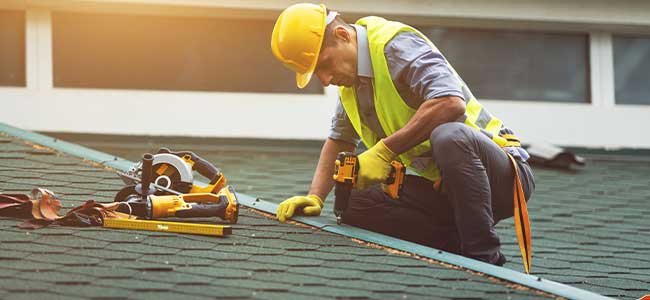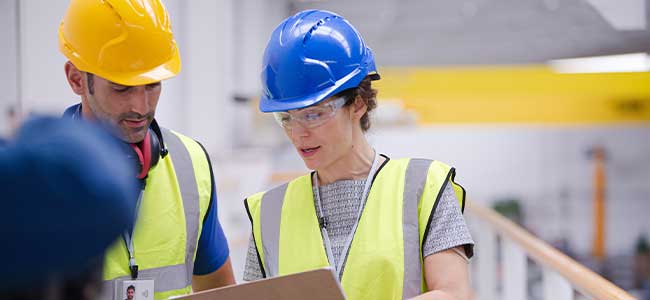
Nearly half of respondents reported declining eye health, with increased screen time a key issue.

Prioritizing contractor safety can significantly enhance operational efficiency, reduce costs, improve productivity, and bolster a company's reputation.

The climate crisis significantly endangers worker health and safety across various industries, necessitating immediate adaptation strategies and legislative support.

The expo floor at the annual AIHA event has multiple facets designed to optimize the experience for all attendees.

Dr. Samuel Ramsey shared his story of overcoming adversity with nontraditional approaches.

Simply meeting the requirements might not be enough. Properly designed and implemented safety training goes well beyond basic compliance to prevent injuries and operational disruptions by growing and changing with trends and standards.

The annual event offers several educational tracks to customize the attendee experience.

The expanded online offerings include multi-track sessions, professional development and networking opportunities.

SPONSORED
If you’ve spent any amount of time on a commercial roof lately, you know how much is going on up there. It’s a world unto itself.

SPONSORED
Dust collection systems are used in many industries to capture airborne dust generated during operations. By removing dust particles, they maintain clean air in working environments to ensure the safety of employees, equipment, and goods.

Construction safety culture can transform by prioritizing leadership, employee engagement and proactive measures beyond traditional rules and procedures.

A new report from ASSP reveals key strategies to reduce workplace injuries and fatalities, including the prioritization of serious incidents and the integration of AI in safety practices.

The event is a yearly initiative that promotes education and outreach within the mining industry.

Transforming traditional sedentary office environments into dynamic workspaces can significantly enhance employee health and productivity through fitness-focused design and ergonomic furniture.

OJR Construction Inc. was cited for leaving workers vulnerable to safety hazards.

Circles of Care Inc. faces $101,000 in proposed OSHA penalties.

The move focuses largely on realigning regions to better reflect their geographic locations.